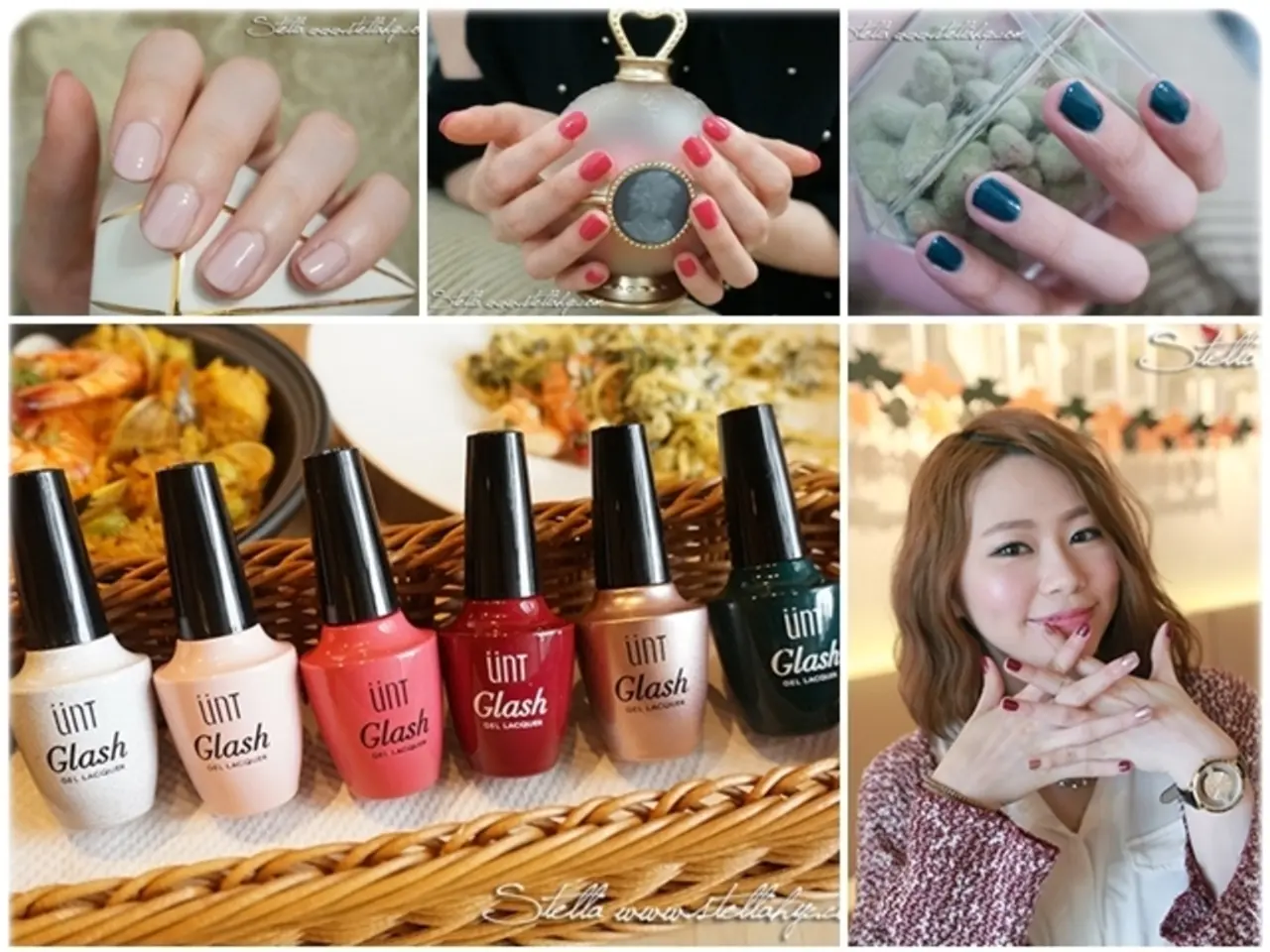Chronic Skin Condition Hallopeau's: Detailed Information
Acrodermatitis continua of Hallopeau (ACH) is a rare and challenging subtype of pustular psoriasis that predominantly affects the distal fingers and toes, including the nails. This condition, first described by French dermatologist Jean-Louis-Alphonse Hallopeau in 1895, is characterized by sterile pustular eruptions, inflammation, and nail abnormalities.
Common symptoms of ACH include sterile pustular eruptions on the fingertips or toes, inflammation and redness of the affected areas, nail plate abnormalities such as onycholysis (separation), dystrophy, or loss, pain, swelling, and sometimes scaling or crusting in the involved skin regions.
The exact cause of ACH is not always clear, but it is believed to have an autoimmune inflammatory basis. Genetic mutations, particularly in the AP1S3 gene, have been associated with increased expression of inflammatory cytokines like interleukin-36α, contributing to disease pathogenesis. Triggers may include skin trauma, infections, or immune dysregulation, similar to other forms of psoriasis.
Management of ACH typically involves a combination of topical therapies, systemic treatments, and, in some cases, newer therapies. Topical treatments may include potent corticosteroids to reduce inflammation. Systemic treatments can include immunosuppressants like methotrexate and cyclosporine, or biologic agents targeting specific inflammatory pathways, such as IL-36 antagonists or TNF inhibitors. In severe or refractory cases, newer therapies including mesenchymal stem cell treatments show potential, based on recent immunology research.
Because ACH is rare and can be resistant to therapy, management usually entails a specialist in dermatology with experience in pustular variants of psoriasis. A doctor diagnoses ACH based on presenting symptoms and a skin biopsy. If you suspect you may have ACH, it is essential to consult with a healthcare professional who can help create a suitable treatment plan for you.
It is important to note that ACH can lead to a type of bone breakdown called osteolysis, and around one-third of individuals with ACH also have plaque psoriasis. Additionally, some systemic and topical medications have shown to relieve symptoms of ACH, including corticosteroids, fluorouracil, tacrolimus, calcipotriol, acitretin, cyclosporin, infliximab, adalimumab, etanercept, methotrexate, photochemotherapy, secukinumab, ustekinumab, and secukinumab (as an interleukin-17 inhibitor).
More research is needed into the efficacy of various treatments for ACH. Over time, the skin may become thicker in ACH, and the skin under the nail may become red or darker. In severe cases, the nail may even fall off. Pus-filled blisters form in ACH, which can join together to form larger areas of pus. ACH can be due to traumatic injury, infection, inflammatory, or nerve-related causes.
In summary, ACH is a chronic pustular psoriasis variant marked by sterile pustules on fingers and toes and nails, caused by autoimmune inflammation and genetic factors, and treated with topical and systemic immunomodulatory agents. If you suspect you may have ACH, seek medical advice from a healthcare professional who can help you manage the condition effectively.
- ACH, a subtype of psoriasis, affects the skin on fingers and toes, causing sterile pustular eruptions, inflammation, and nail abnormalities, which could potentially lead to health-and-wellness concerns such as onycholysis and osteolysis.
- Science has shown that the exact cause of ACH remains unclear, but it is believed to have an autoimmune inflammatory basis, with genetic mutations in the AP1S3 gene contributing to increased expression of inflammatory cytokines like interleukin-36α.
- To manage ACH effectively, it is crucial to consult with a medical-condition specialist who can recommend appropriate skin-care treatments, which may include topical therapies, systemic treatments, or newer therapies like IL-36 antagonists or TNF inhibitors.




